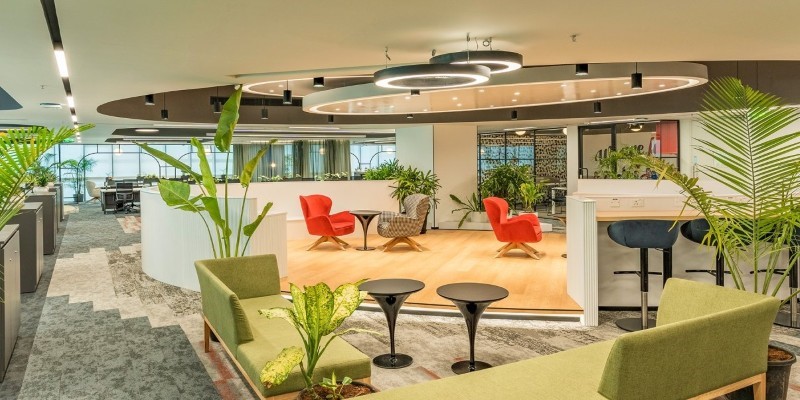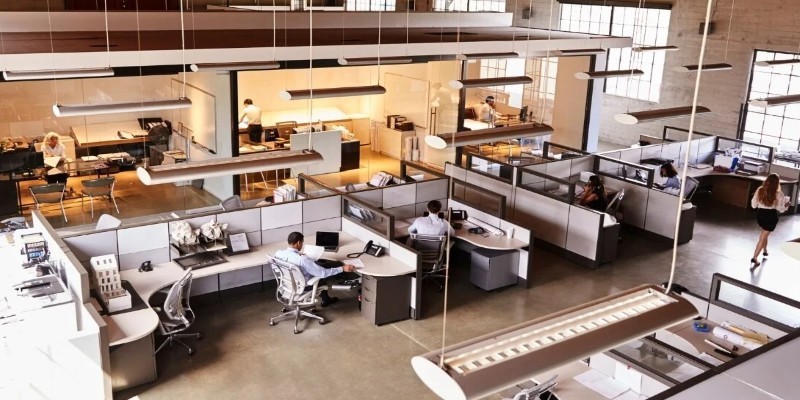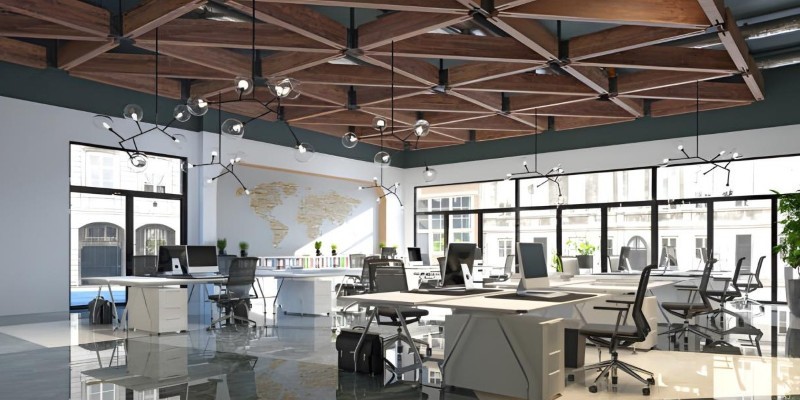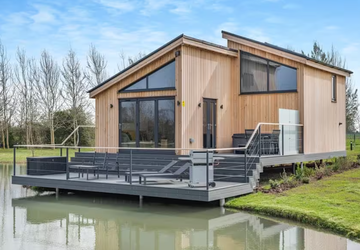How Do You Evaluate The Potential Of Office Spaces
Evaluating the potential of office spaces requires a comprehensive assessment beyond just looking at square footage and location. In today's dynamic work environment, businesses demand more flexibility, functionality, and amenities to support diverse work styles. When considering office space, it's crucial to account for factors such as location, cost, layout, infrastructure, and even the long-term adaptability of the space. This article will outline the key elements to consider when evaluating the potential of office spaces, helping businesses make informed decisions that align with their goals.
Location And Accessibility
The first and most obvious factor in evaluating office space is location. The right location can contribute significantly to a business's success, both in terms of employee satisfaction and attracting clients or customers. When considering location, companies should assess the proximity to major transport hubs, such as bus stations, subway lines, or highways, and how easily employees can commute. A space that is difficult to reach or far from public transport can increase absenteeism and hinder productivity.
The surrounding neighbourhood is another critical aspect. A central location in a well-established business district may offer networking opportunities, proximity to potential clients, and a prestigious address. On the other hand, some businesses may prefer a quieter or less expensive area, which could offer more affordable office space while still being accessible to key clients or employees.
Cost And Financial Viability
Cost is a significant factor in any decision regarding office space. While location plays a role in determining rental rates, other elements, such as the space size, lease terms, and amenities included, also affect the overall cost. To evaluate whether a particular office space is financially viable, businesses must weigh the cost against its potential benefits regarding productivity, employee retention, and business growth.

Businesses should also consider the flexibility of lease agreements. Long-term leases can provide stability but limit the ability to scale or adapt to changing needs. Short-term or flexible lease options might be more suitable for companies that expect rapid growth or changes in workforce size. Some office buildings also offer "flex spaces" or co-working areas, which are often more affordable and allow for greater scalability.
Layout And Design
The layout and design of an office space are essential to its functionality. An open-plan office may promote collaboration and transparency, while a traditional cubicle-style office may offer more privacy and quiet spaces for focused work. The space design should align with the company's culture, workflow, and type of work being done.

When evaluating layout, businesses should look at the configuration of the space and how teams interact. Does the design allow for easy communication between departments, or is it disjointed? Consider whether there is enough space for meetings, brainstorming sessions, and other group activities. If a business plans to expand, it's also important to consider whether the layout will allow for easy reconfiguration to accommodate growth.
Infrastructure And Technology
In today's world, an office space's infrastructure is as critical as its physical layout. High-speed internet, reliable telecommunications, and state-of-the-art tech infrastructure are essential for most businesses to operate smoothly. When evaluating office spaces, companies should check whether the building has the latest technology, such as fast internet connections, fibre optic cables, and adequate electrical and data ports.

Businesses relying on heavy data usage or cloud-based applications must ensure that the office space can support their technological requirements. Additionally, the building should be prepared for future technological upgrades. A building with outdated infrastructure may pose challenges as technology evolves, so businesses should look for spaces to accommodate future tech needs.
Another important consideration is whether the office space is equipped with innovative building technologies. Many modern office buildings feature energy-efficient systems, bright lighting, and automated heating and cooling systems, which can reduce operating costs and create a more comfortable environment for employees. These features can enhance the long-term value of the space and contribute to a business's sustainability goals.
Amenities And Services
Amenities are essential in determining an office space's overall quality and attractiveness. A building with on-site services such as a café, fitness centre, or daycare can improve employee satisfaction and retention. Offering a range of amenities can set companies apart, especially for those who want to attract top talent.

Additionally, many office buildings now offer concierge services, on-site security, and maintenance support, saving businesses time and effort. Businesses should evaluate the availability of these services and determine whether they are worth the additional cost.
Accessibility to nearby services, such as restaurants, gyms, and dry cleaners, should also be considered. Employees appreciate having convenient access to daily necessities, and a well-located office with nearby services can enhance employee work-life balance, leading to increased productivity and morale.
Employee Well-Being And Work Environment
Employees' physical and mental well-being is increasingly recognized as critical to business success. An office space that prioritizes employee well-being can improve productivity, reduce absenteeism, and boost overall employee satisfaction. Natural light, air quality, temperature control, and access to outdoor spaces contribute to a healthier and more comfortable work environment.

An office space that promotes wellness offers features like ergonomic furniture, quiet rooms for relaxation or meditation, and spaces for physical activity. These elements can help employees manage Stress, stay healthy, and feel more engaged.
Conclusion
Evaluating the potential of office spaces involves much more than simply considering the size and price of the space. Businesses must assess various factors, including location, cost, infrastructure, amenities, and long-term adaptability. A well-chosen office space can enhance productivity, support company growth, and improve employee satisfaction. In today's ever-changing work environment, adapting and evolving is key to making an informed decision. By considering all these elements, businesses can select an office space that meets both their current needs and future goals.











